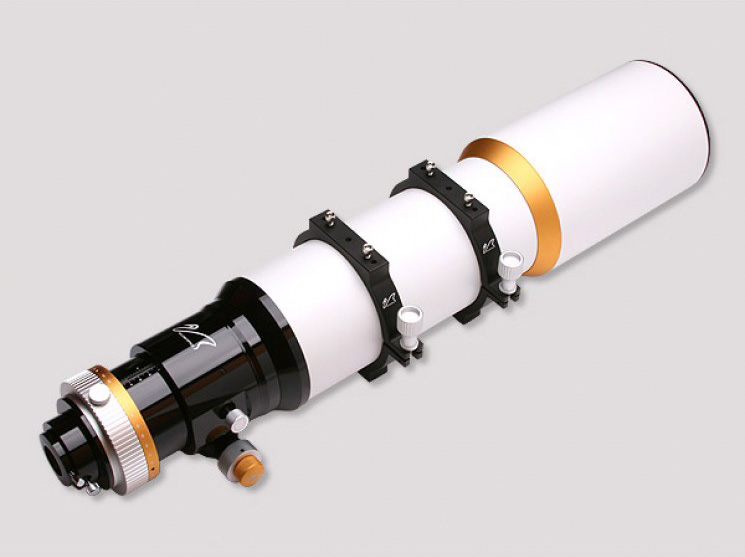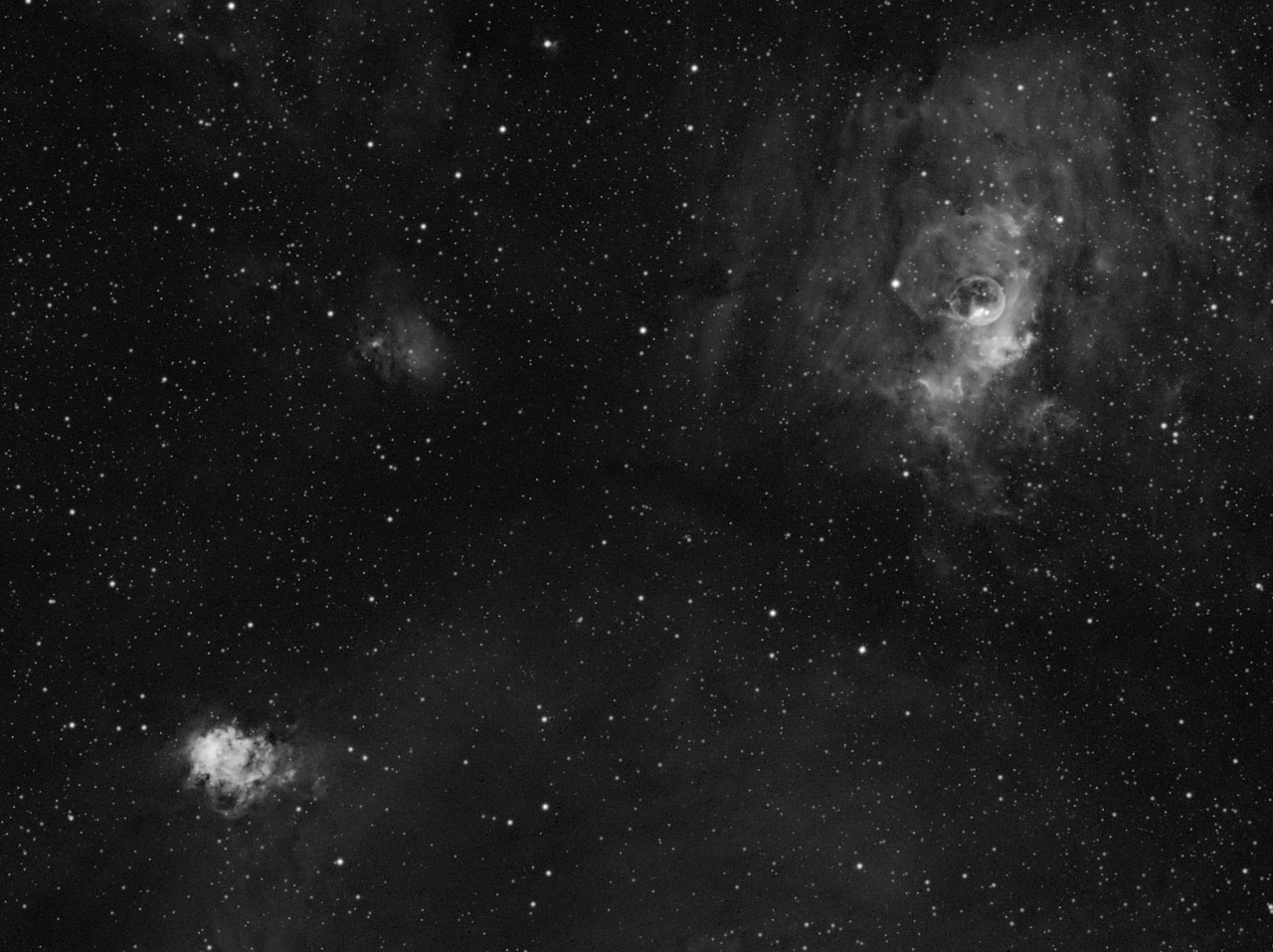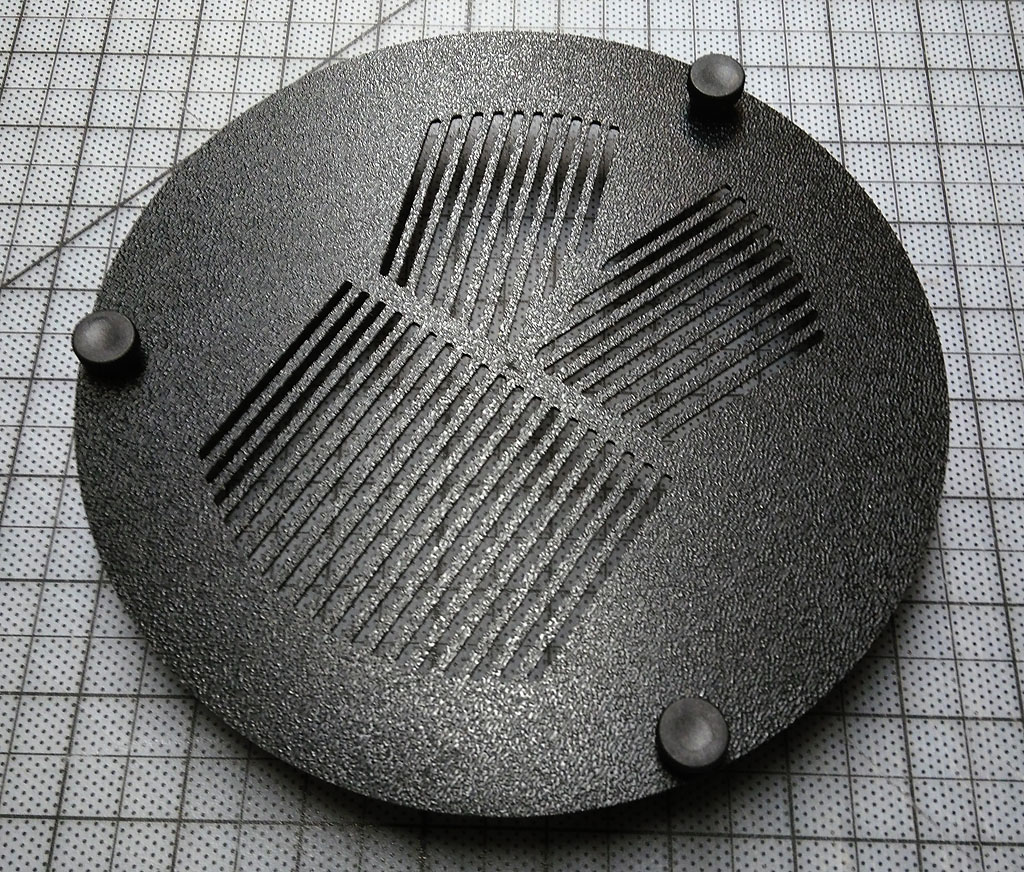For many years the AT111EDT has been my “workhorse” telescope, and it has been great, for the most part. No longer in production, it is a widely regarded triplet refractor with an excellent optical design for its price point. However, for the last few years I have been wanting to upgrade. Specifically, I wanted the ‘scope pictured above (stock photo), the William Optics FLT-132. Aside from having a significantly larger aperture, the FLT-132 uses a better grade of glass for the ED element, resulting in less chromatic aberration. This has been a problem for me when capturing LRGB images with the AT111EDT in that the L (luminence, or full-spectrum monochrome) frames were never as sharp as they should have been because of chromatic aberration. The FLT-132 should perform better in that regard, so I was very excited when a used one became available, and I bought it.
I haven’t yet tested the chromatic aberration because my camera is set up with narrowband filters now, but I did manage (on the night that the ‘scope arrived) to capture this H-alpha image of the Bubble Nebula and NGC7635:
Seeing was not very good that night, so it isn’t nearly as sharp as it should be, but star images are well formed across the entire field, which is a very good sign. I’m looking forward to doing a lot more work with this scope – perhaps the “new toy syndrome” will motivate me to get out to the observatory more frequently this Winter, braving the cold air and marginal sky conditions.
In addition to its better chromatic aberration, the FLT-132 is a bit longer focal length and higher resolution. Under ideal sky conditions that will make for somewhat sharper images. Meanwhile, I’m happy to report that the AT111EDT will be going to my good friend and fellow astro-photographer, Dan.
Because the FLT-132 is larger, I didn’t have a suitable bahtinov mask for it. Ever since I acquired the CNC router years ago, I’ve been thinking that I could use it to make bahtinov masks. Commercially made masks are not expensive, but you don’t get to customize it to be optimal for your system. I tried doing this shortly after I got the router, but gave up quickly when it didn’t work as expected. Now that I really needed a mask, I went back and spent some more time to figure out what went wrong, and was able to make it work:
This mask (which is used to measure and verify focus) has more slots than most commercially made masks, so it should produce a stronger diffraction pattern. The trick is to make the edges straight and “clean”. The router does a great job on “straight”, but in this case the material was ABS plastic, which left a lot of detritus that needed to be cleaned up by hand. I haven’t had an opportunity to test it yet, but believe it will work great.
The “holiday bazaar” season starts soon, and my 2018 Calendar will be ready just in time. Watch for announcements here next week!


